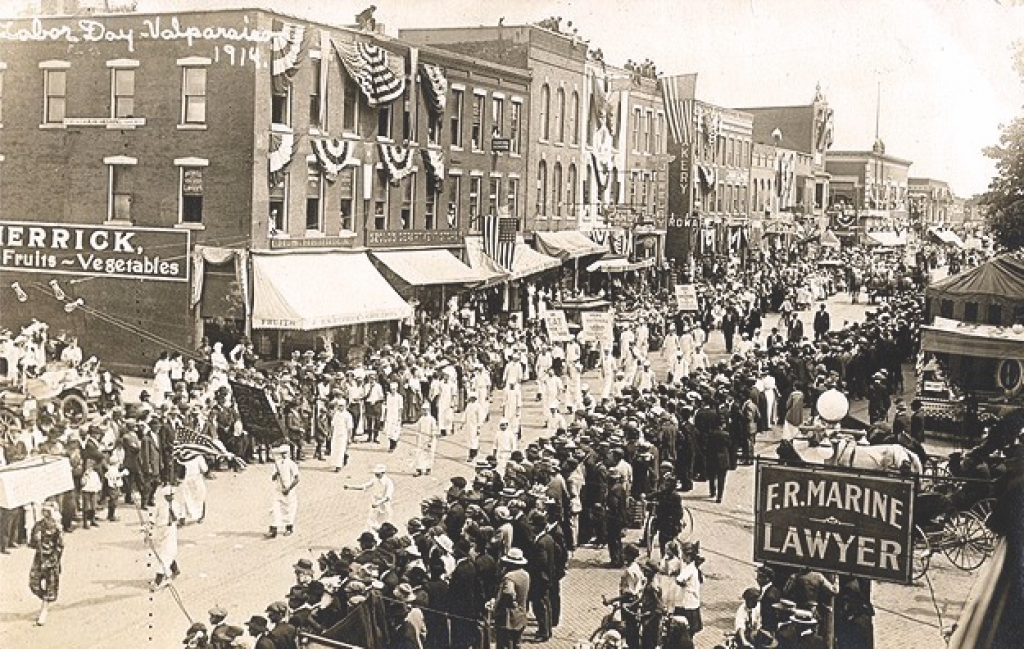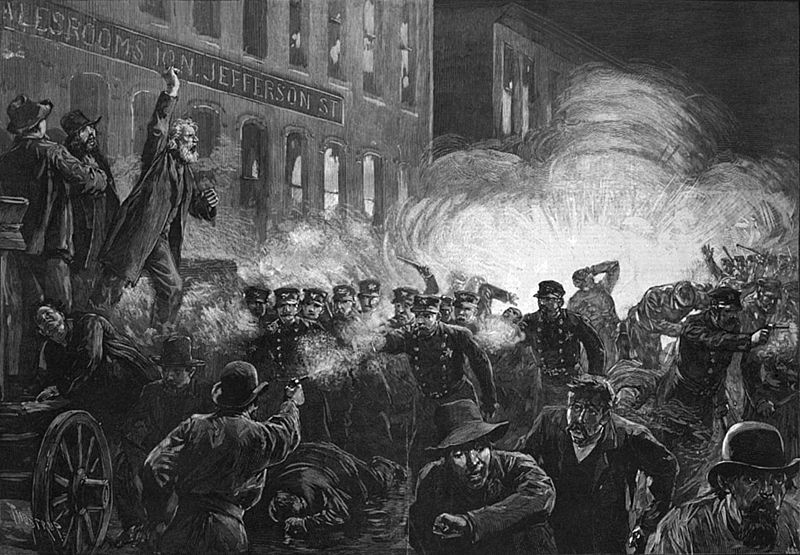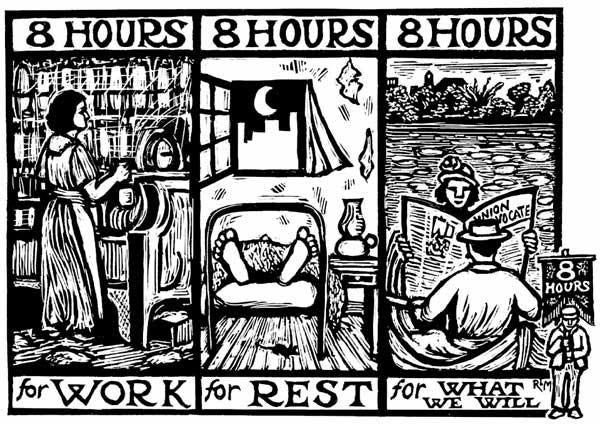Introduction
Labor Day is a yearly celebration of American workers’ social and economic accomplishments and is observed on the first Monday in September. The celebration of Labor Day had its origins in the late nineteenth century when labor leaders lobbied for a federal holiday to honor the numerous contributions made by workers to the strength, wealth, and well-being of the United States.
Labor leaders and individual states celebrated Labor Day before it became a federal holiday. Following the adoption of local ordinances in 1885 and 1886, a push to gain state legislation emerged. On February 21, 1887, Oregon became the first state to enact a statute commemorating Labor Day, despite New York being the first state to introduce a bill.

In 1887, four other states, Colorado, Massachusetts, New Jersey, and New York, also passed laws that made Labor Day a holiday. Connecticut, Nebraska, and Pennsylvania had all done the same by the decade’s end. Congress passed a law on June 28, 1894, making the first Monday in September a legal holiday. After that, 23 more states made the first Monday in September a holiday.
Origin:
Labor Day’s origins are in the 19th century in the United States of America. To commemorate the 1886 eight-hour day strike, which started on May 1 and ended in the tragic Haymarket affair in Chicago, the US, May 1 was specifically chosen as Labour Day.

The Haymarket affair refers to the tragic incident where a labor protest rally turned violent after someone threw a bomb at the police, leading to the deaths of seven police officers and at least four civilians.
Labor Day activities:
Older kids can learn more about the occasion’s significance this holiday season while doing great Labor Day activities with their families.
Learn About the True Meaning of the Holiday
This Day honors diligent Americans, both men, and women. The union workers are celebrated on the first weekend in September to recognize their outstanding accomplishments. Families with older kids can take advantage of this opportunity to delve deeper into the holiday, discover its origin, and discover the routes that have to be taken to get the nation where it is now.

Research the holiday and the individuals who led the Labor Day movement throughout the weekend in a nearby library. Investigate the country’s industrial and economic history over the weekend. Share your findings at the day’s end.
Research Your Dream Jobs
Please consider what the older children in your family want to be when they grow up since Labor Day honors the nation’s hardest workers. Please make a list of cool jobs that fit their interests, then do some research on those professions.

How much money can someone make training dolphins? Where do people study to become game programmers? What college courses would they need to enroll in to become zoo veterinarians?
Write Thank You Cards for Deserving Recipients
Give your community’s hardworking members a sincere thank you. Get everyone to write letters by bringing your pens, stationery, and a pitcher of just-made lemonade to the back deck or the four-seasons room.

You can compose thank-you notes and deliver them to the neighborhood police force, fire stations, factories, schools, and other general establishments. You can also get in touch with loved ones and friends that put in a lot of effort every day to keep the world going.
Make Crafts Inspired by Labor Day
Kids adore having a craft day. Labor Day shouldn’t be ignored in holiday initiatives, even if Halloween, Christmas, and Easter get more attention.

Paint fireworks; create patriotic banners from construction paper; or make firemen, engineers, or police caps from paper and felt. When it comes to patriotic crafts, the possibilities are endless.
Why Do We Celebrate Labor Day
The annual celebration of workers’ accomplishments, known as Labor Day, started amid one of the most depressing periods in American history.
The typical American worked 12-hour and seven-day weeks in the late 1800s, at the height of the Industrial Revolution in the United States, to make a meager livelihood. Children as young as 5 or 6 worked in mills, factories, and mines across the nation despite limitations in certain states, earning only a small portion of what their adult colleagues did.
Poor and new immigrants toil in unsafe circumstances without fresh air, sanitary facilities, or breaks. All of these are the goals of the Labor Day celebration.

Labor unions, which had arisen in the late 18th century, became more powerful and vocal as the industry gradually replaced agriculture as the source of employment in America. They started organizing strikes and protests to protest against terrible working conditions and force employers to renegotiate hours and pay.
As a result, the goal of Labor Day is to eliminate all the hazardous conditions laborers face while on the job.
Facts:
- Labor Day in Canada and the USA is observed on the first Monday in September, not May 1. However, International Labor Day can be traced to the commemoration of the Haymarket affair in Chicago.
- More than 80 nations celebrate May Day.
- The Labour Kisan Party of Hindustan organized the first May Day celebration in India in Chennai (formerly Madras) in 1923.
- Gujarat Day and Maharashtra Day are also observed on May 1.
- Ten years before the US, in 1872, Canada observed Labor Day.
Conclusion:
The labor force was instrumental in achieving the highest standard of living and the highest level of productivity ever achieved. The Labor Department says it helped us achieve political and economic democracy.
Labor Day commemorates the American worker, who contributes to the nation’s strength, freedom, and leadership.






